Learn about Dayton poet's life and legacy at Paul Laurence Dunbar House
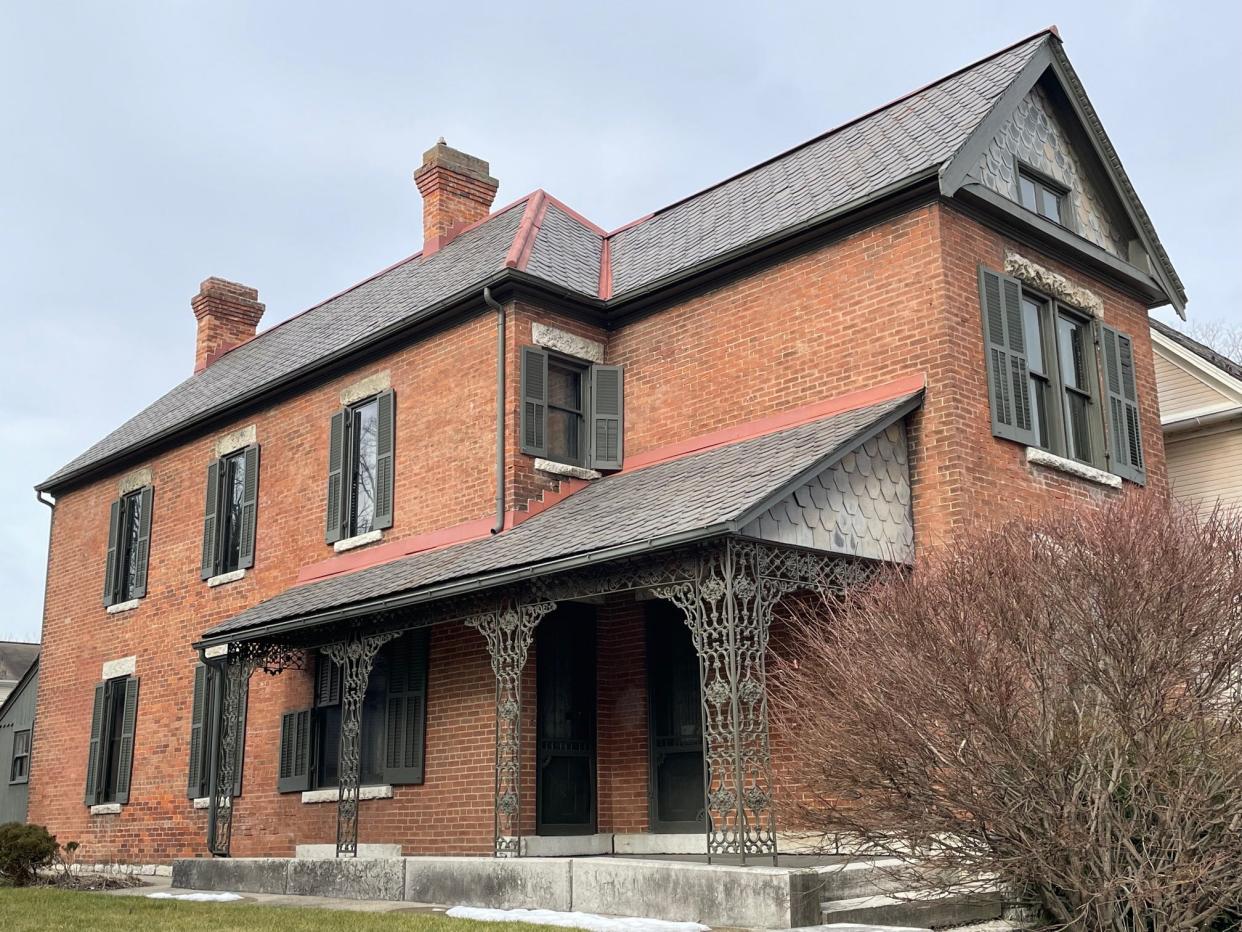
- Oops!Something went wrong.Please try again later.
DAYTON – Paul Laurence Dunbar wasn’t the most famous member of the Dayton Central High School Class of 1890. But he left as big a mark on the world, in his own way, as did his classmate Orville Wright.
Today, Dunbar, who was the first prominent African American poet, is remembered at the Paul Laurence Dunbar House State Memorial (ohiohistory.org), a unit of the Dayton Aviation Heritage National Historical Park (nps.gov/daav/index.htm).
Dunbar, born in 1872, was the son of formerly enslaved parents. His mother, Matilda, taught her son to read at an early age and made sure he continued with his education.
Dunbar was the only Black member of his high school class during a time of open and profound racism. And yet his talent and personality helped him become the editor of the school newspaper and president of its literary society.
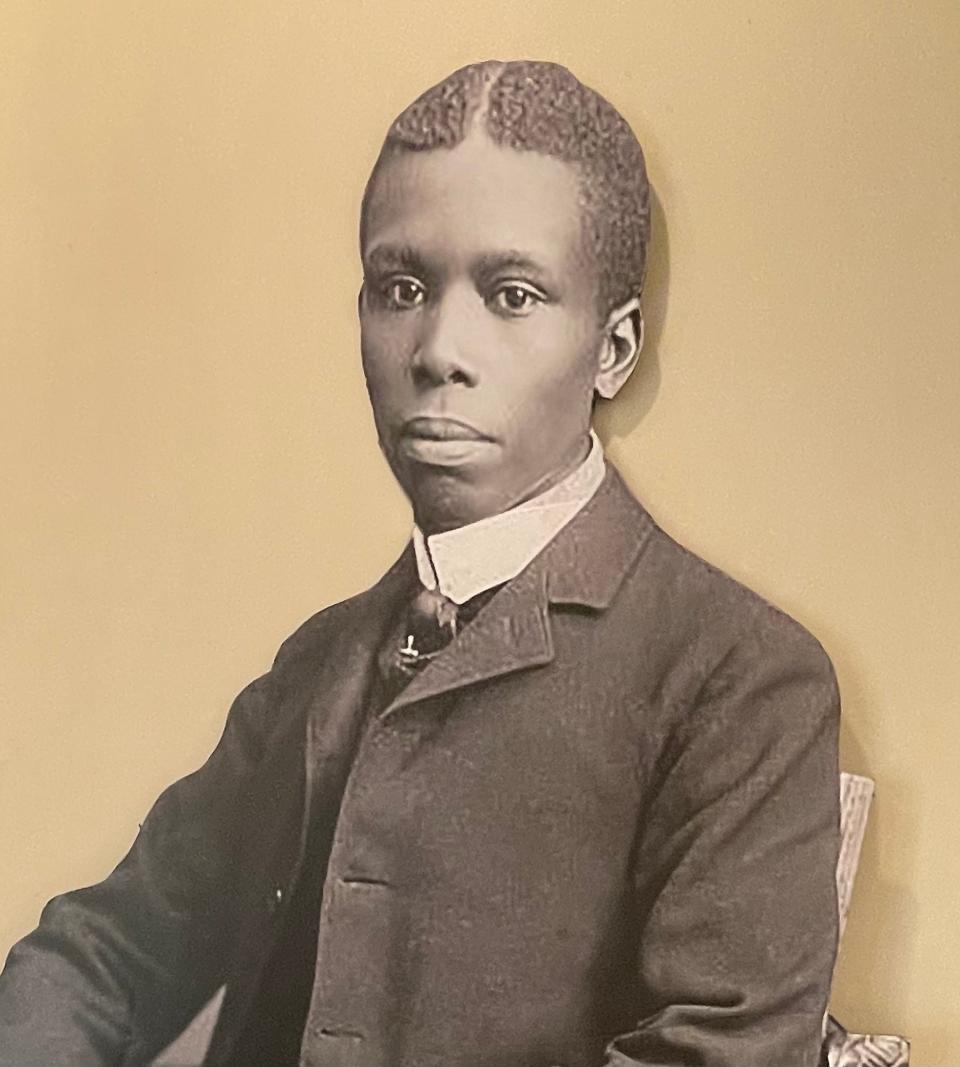
No Dayton newspaper would hire him, so after graduation, he started his own short-lived weekly for the African American community, printed in the print shop of his friends, the Wright Brothers.
The Wrights also helped Dunbar find a printer for his first book, a collection of poems titled “Oak and Ivy.”
Presidential places:Plan a Presidents' Day trip to these sites honoring Ohio-born presidents
Dunbar was working as an elevator operator when he was invited to speak to a regional writer’s association. He made a big impression, and influential local literary figures began to talk about the amazing young talent.
Word about Dunbar soon spread to wider literary circles. After his works were praised by prominent writer and literary critic William Dean Howells, his writing career grew quickly.
Dunbar was invited to recite at the 1893 World’s Columbian Exposition in Chicago, where he met one of his personal heroes, Frederick Douglass. He traveled extensively to give readings, including to London and the American West.
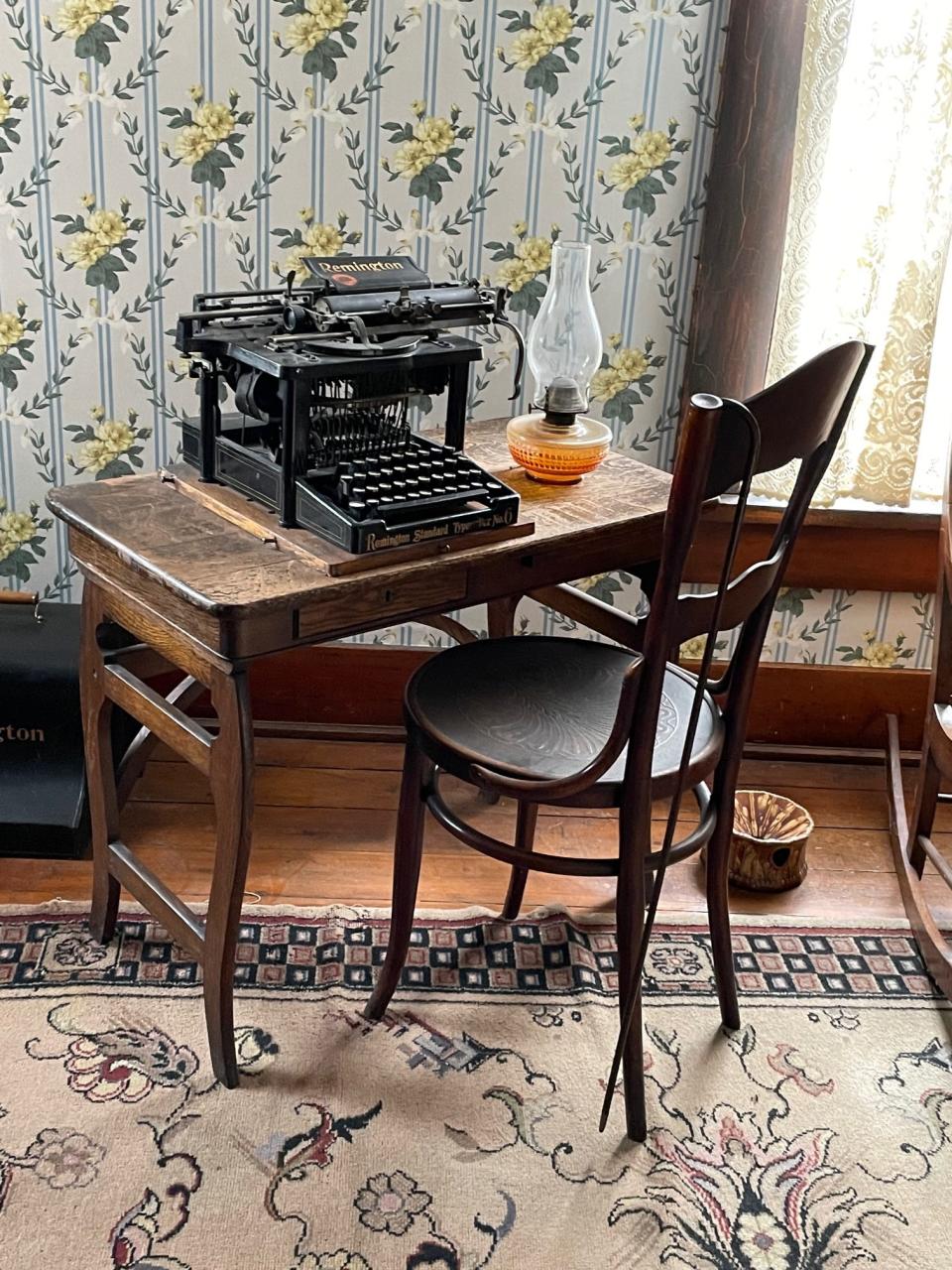
He rode in William McKinley’s second presidential inaugural parade and wrote a campaign poem for Theodore Roosevelt, who in return presented him a ceremonial sword.
In all, Dunbar published more than a dozen collections of poetry, several collections of short stories, four novels and wrote words for popular songs and musical theater.
Sadly, Dunbar contracted tuberculosis in 1900. He spent his last years living with his mother in the home he had bought for her in his old Dayton neighborhood – now known as the Wright-Dunbar historic district.
After Dunbar died in 1906 at the age of 33, his mother preserved his room and his study much as he had left it. After her death in 1934, the house was declared a state memorial – the first such memorial in the country dedicated to an African American. The Ohio History Connection (then the Ohio State Archeological and Historical Society) opened the house to the public in 1938.
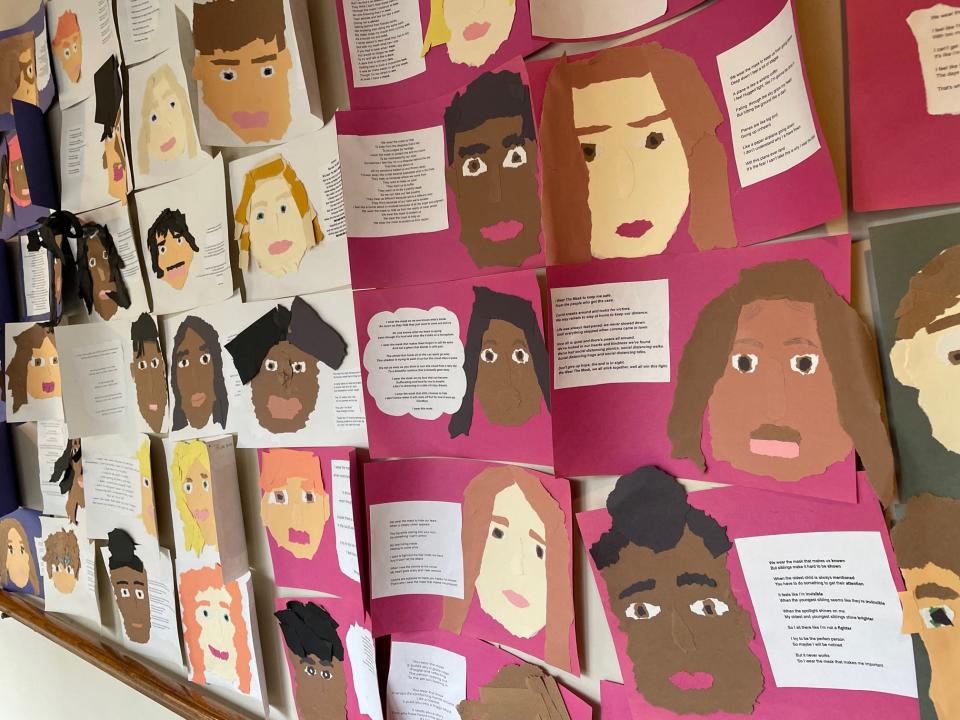
The house was restored in 2003 to look much as it did when Dunbar lived there, complete with his typewriter and desk, many books from his large personal library, furniture, mementos and other items.
The comfortable middle-class house was outfitted with many of the latest turn-of-the-20th-century innovations including an early telephone, gas lights later converted to electric, indoor plumbing and a water heater powered by a kitchen wood stove, all restored to their original look.
Winter wonderlands:Ohio's state park lodges offer wealth of winter getaway options
Adjacent to the Dunbar House is a visitors center and museum where visitors can see a short film about Dunbar’s life, work, popularity and the impact he made on American literature – one which continues to this day.
Among the many mementos at the museum is Dunbar’s bicycle, given to him by the Wright Brothers from their bicycle shop just a few blocks away, and the sword presented to him by Teddy Roosevelt.
Visitors will also see a collection of his many books, letters to and from Dunbar and more information about various aspects of his short life.
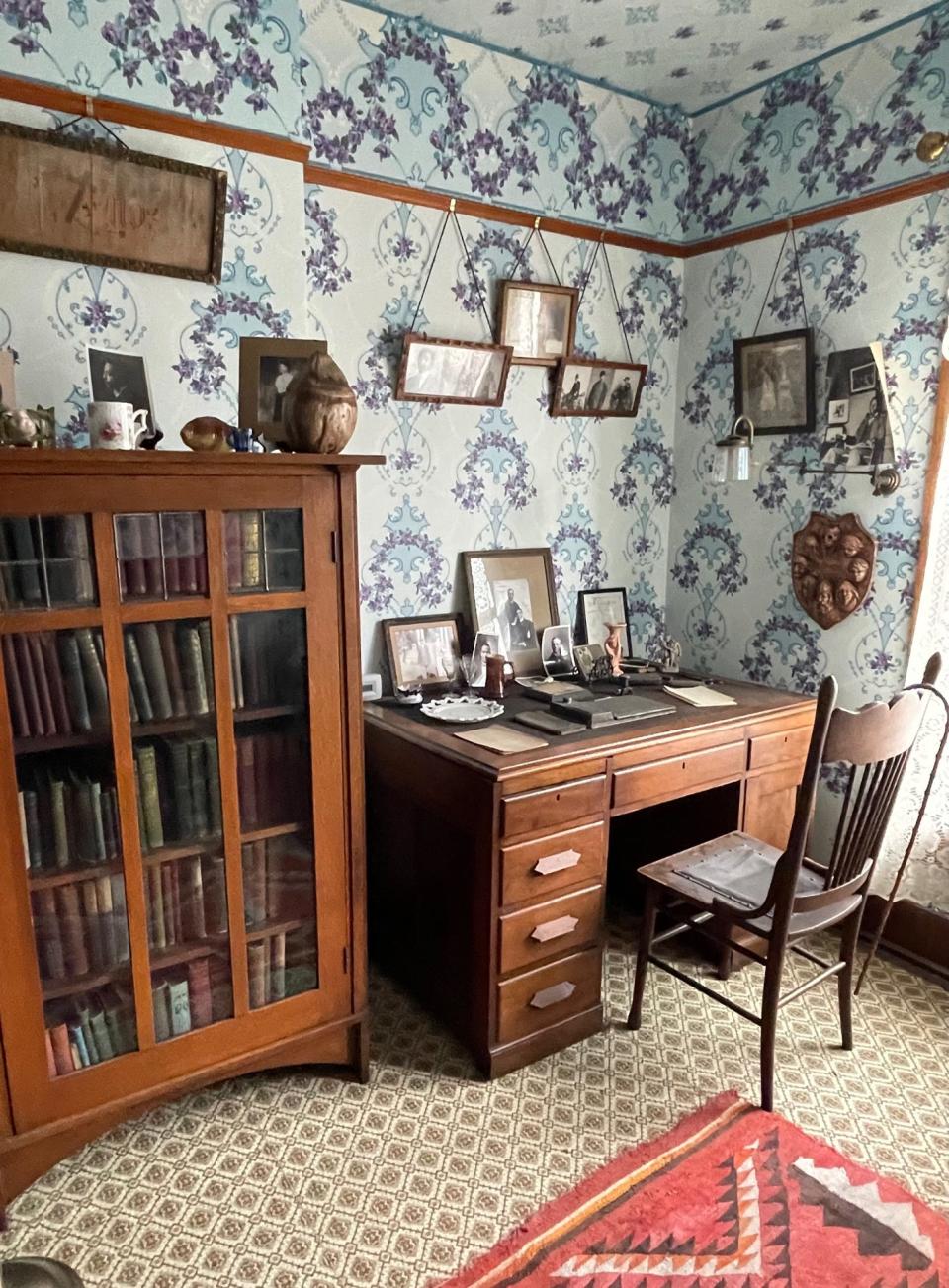
Although Dunbar explored a wide variety of topics in his poetry and prose, many of his works spoke out against racial inequality and still resonate.
The title for Maya Angelou’s first memoir, “I Know Why the Caged Bird Sings,” was taken from a line from Dunbar’s poem “Sympathy."
The Paul Laurence Dunbar House is open from 10 a.m. to 4 p.m. Fridays, Saturdays and Sundays. Admission is free.
More information about Dunbar (and the Wright Brothers) is also displayed at the Wright-Dunbar Interpretive Center (nps.gov/places/wdic.htm) just a few blocks from the Dunbar House.
Steve Stephens is a freelance travel writer and photographer. Email him at sjstephensjr@gmail.com.
.
This article originally appeared on The Columbus Dispatch: Paul Laurence Dunbar House in Dayton now a museum and memorial

